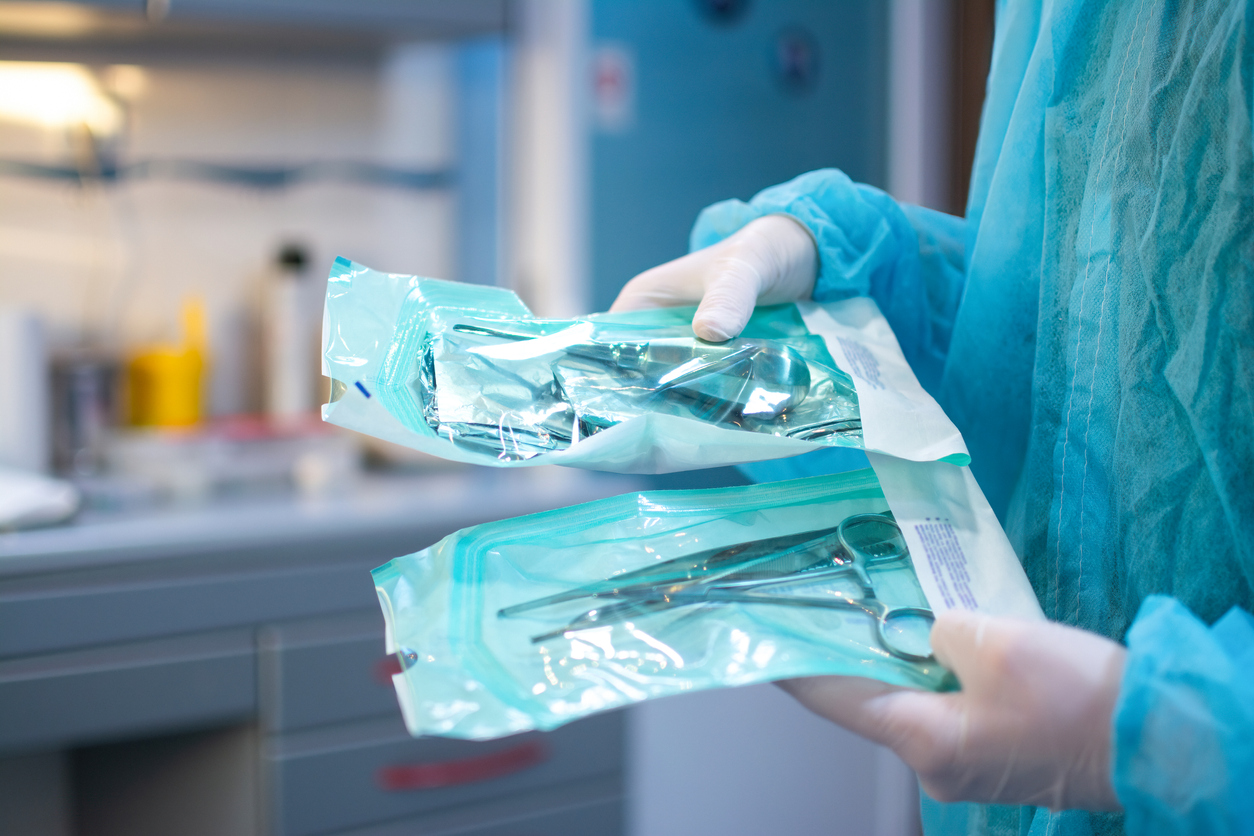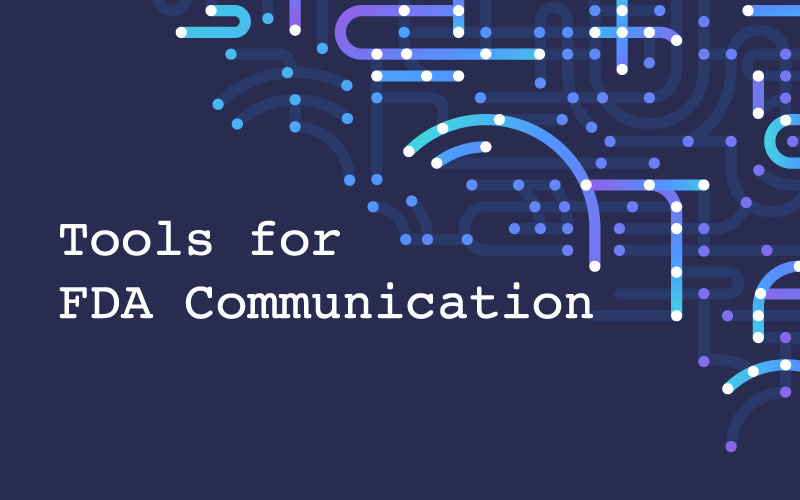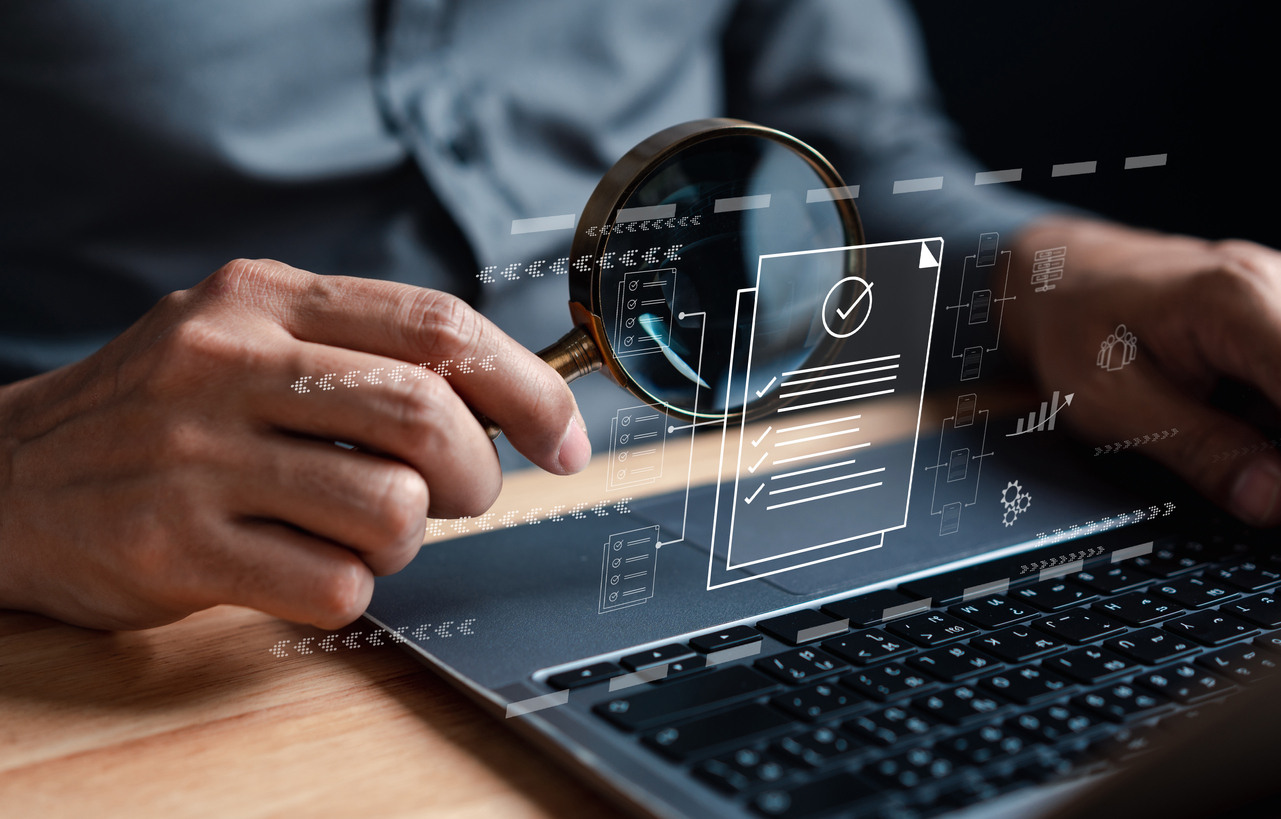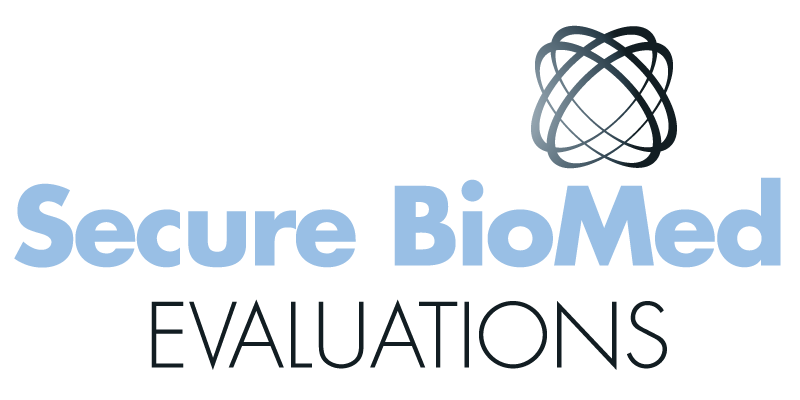
So You Want to Develop A Medical Device
Are you a medical device entrepreneur looking to create a successful device development plan? It’s an essential part of the growth of any business, no matter if you are well-established in the industry or just getting started. A great development plan will ensure that your work is feasible and successful for long-term goals. A strong plan not only communicates your overall vision but also helps direct resources to where they need to be. In this blog post, we’ll explore what it takes to create a comprehensive development plan for a medical device so that you have everything you need to get started on the right foot!
Key aspects of a good plan for developing a medical device include:
- Clearly defined initial device offering
- An accurate identification of the regulatory pathway and testing burden
- An understanding of long term exit strategies
- Realistic timeframes
- Realistic budgets
KISS Concept:
When creating a successful medical device development plan, it is important to keep the first product being developed simple. The ideal medical device for a start-up company fills a need in the commercial market AND has a straightforward regulatory pathway. Making sure your first product being reviewed by FDA is easily understandable will make the FDA process more predictable. Additionally, keeping the first product being introduced to FDA simple will help ensure that resources are used efficiently and effectively, and that the project can be completed in a timely manner. Once you gain your first product clearance with FDA, you can always expand your claims in future submissions.
Regulatory Pathway: Substantial Equivalence “Me Too!” Approach
Creating a successful medical device development plan requires careful consideration of the regulatory pathway with the FDA (Food and Drug Administration). Many start-up medical device companies start with a very novel idea that has a high testing burden. Unless you have both the financial and time resources for a PMA Class III device and/or lengthy clinical trials, you want to develop a device where “substantial equivalence” can easily be shown.
Substantial equivalence is a concept used by the FDA (Food and Drug Administration) in order to provide a quicker and more cost-effective pathway for medical device development. It is based on the premise that if a device has similar characteristics, safety and effectiveness profiles to an already existing device, then it should be granted clearance in a 90 day review process. To successfully navigate the FDA 510(k) clearance program, the device must be demonstrated to have similar characteristics, safety, and effectiveness profiles as an already existing device. This kind of analysis is essential for the FDA to ensure that new medical devices are safe for commercial distribution.
Defining the end-game before you start:
Before beginning any medical device development project, it is important to define the end-game. The goal of this step is to ensure that resources are used efficiently and effectively, and that the project can be completed in a timely manner.
Defining the end-game before starting any medical device development project is essential for success. It ensures that resources are used efficiently and effectively, and that the project can be completed in a timely manner. If you plan an being acquired by a large strategy or you plan on running a medical device manufacturing company, it is important to establish clear goals such as regulatory compliance, product performance requirements, cost targets, timeline objectives and marketing plans. Having these well-defined parameters depending on an exit strategy will help guide decision-making throughout the entire process. Additionally, by having an understanding of what success looks like from the start you can ensure that everyone involved has a common goal to strive towards.
Realistic Timeframes for Start-up Medical Device Companies:
Realistic timeframes for developing and gaining clearance for a medical device vary depending on the complexity of the product and its associated requirements. Developing and gaining clearance for a medical device is a long and complex process and typically takes several years to complete (even if NOTHING goes wrong). The timeline for developing a medical device can vary depending on the complexity of the device, the amount of resources available, and the regulatory requirements. For example, the design verification and validation phase alone can take up to 12 to 24 months, followed by submission to FDA. After the submission is complete, it can take 6 to 18 months for FDA to grant clearance. Your company needs to have enough human and financial resources to make this journey. This is a marathon, not a sprint.
Setting a Realistic Budget:
Setting a realistic budget for developing and gaining clearance for a medical device is critical for the success of the project. Start-up medical device companies should take into account the cost of specialized personnel, subcontractors, and manufacturing, in addition to regulatory fees and testing costs associated with the development process. Additionally, if the device is “novel”, companies should also consider budgeting for clinical trials in order to show safety and efficacy.
Take Home Message
While there is no single standard approach for every product, a smart plan can make the process as smooth as possible. Set realistic budgets and timeframes. If you are not a seasoned medical device developer, work with knowledgeable veterans and listen to their advice. Do not make the rookie mistake of underestimating the time and money involved in this development process and then make promises to your investors that you cannot keep. Always remember that it is neither cheap or fast to develop a medical device and gain FDA clearance.
This article is intended to provide general information about medical device development and what considerations should go into developing a successful plan for regulatory submission. It is not intended to represent any particular company’s product development process or recommend any specific actions. Consult with your own legal counsel and medical device experts to ensure that you are following the best practices for your specific product.
Bring Your Medical Device to Market Faster



